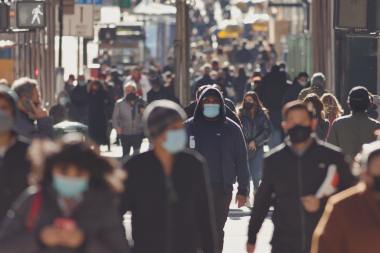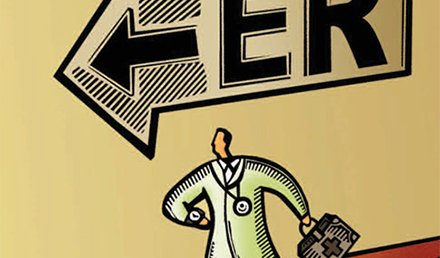Cases of COVID-19 have surged in emergency departments (EDs) over recent weeks, according to new data from the Centers for Disease Control and Prevention (CDC), and surges are now demonstrating upward slopes that could lead to peaks similar to what communities might expect in the cooler months of fall. The weekly average of ED patients with COVID-19 has reached 1.18% in the United States overall but 2.9% in Florida, making the “sunshine state” a leader …
Read More



